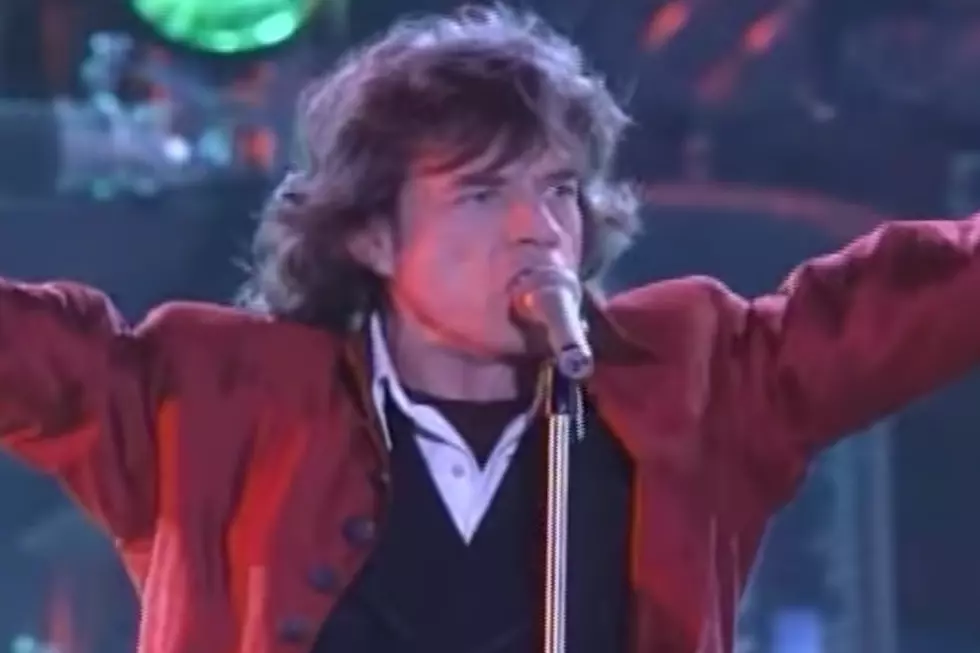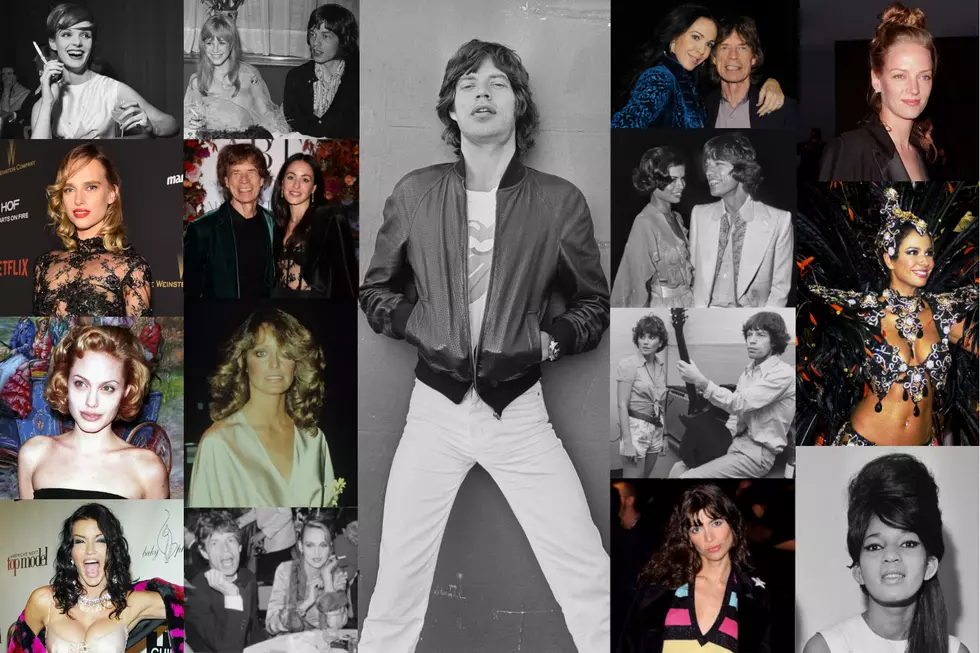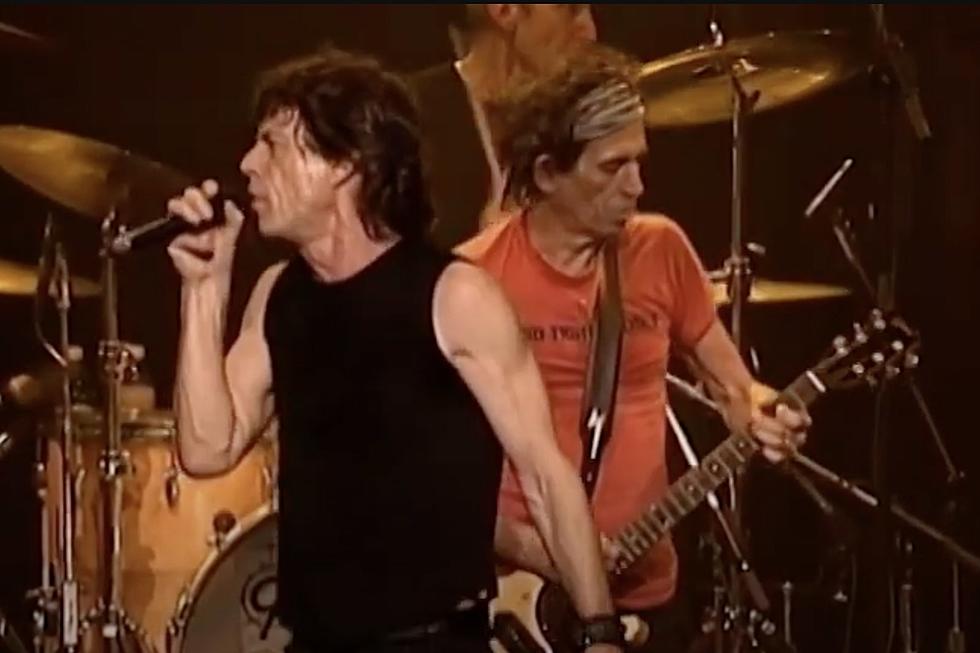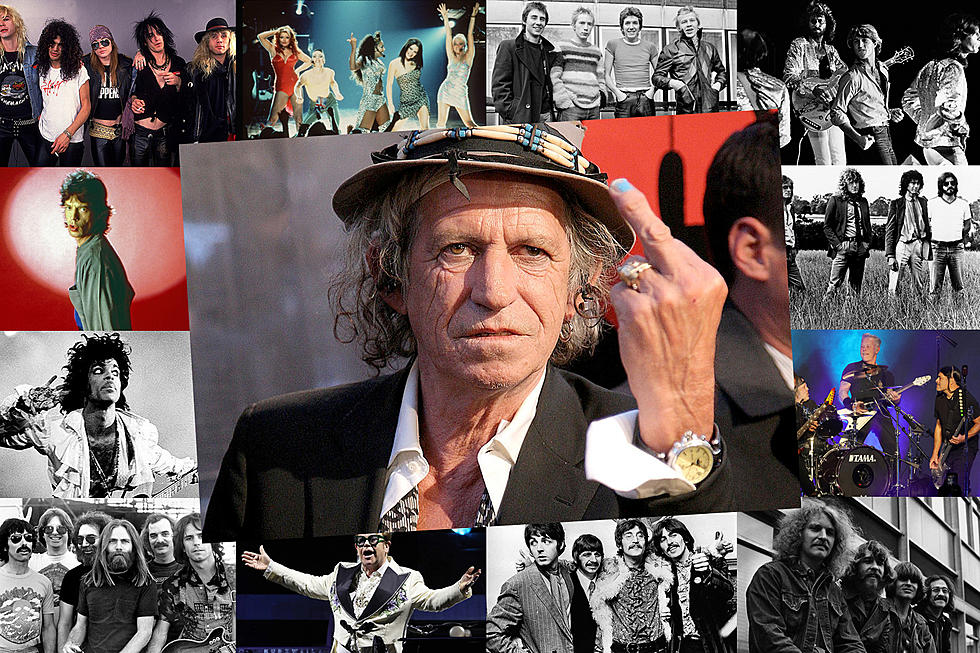
The Night the Rolling Stones Kicked Off Their ‘Voodoo Lounge’ Tour
The Rolling Stones opened their massive Voodoo Lounge world tour on Aug. 1, 1994, beginning what became the biggest and most financially successful rock tour to date.
The first seeds of what would come were planted in December 1992, when, after spending nearly 30 years in the band, Bill Wyman, the Rolling Stones' bedrock bass player officially announced that he was out. In a later interview, Wyman explained the circumstances of his departure saying, “Playing with the Stones there was always such a lot of pressure,” he said. “The next album or single always had to be the best, or at least sell more. When we got together to play it was a great moment. Working with Charlie [Watts] was fantastic, and we’re still really close. But when I toured with the Stones, it would take a month to practice all these songs we’d been playing for 30 years.”
Almost immediately, speculation began that Bill Wyman’s departure presaged the eventual demise of the group as a whole. It was a notion the Rolling Stones put to rest categorically nine months later when they entered the studio to begin work on new music with bassist Darryl Jones, whom they announced as Wyman's official replacement a few months before the July 1994 release of Voodoo Lounge.
Wyman had it exactly right. Instead of folding, the Rolling Stones ultimately took it up a notch. “What the audiences want are a lot of lights and pizzazz with bangs and whistles,” Mick Jagger said in the book According to the Rolling Stones. “On the ‘Voodoo Lounge Tour’ we had this huge lamp-post structure stuck in the middle of the stage. It was very good-looking, but by the time we got 25 minutes into the show, and then an hour, the lamp-post was still standing there doing nothing. We had to invent a whole feature with these Mexican inflatables – done in a way that made them look as though they were dolls in some strange kind of religious shrine.”
All of this pageantry, Keith Richards said in his autobiography Life, grew out of the latent expectations that surround the Rolling Stones. “It wasn’t Mick any more than the rest of us who conceived these megatours: 'Steel Wheels,' 'Voodoo Lounge,' 'Bridges to Babylon,' 'Forty Licks,' 'A Bigger Bang,' he said. "It was basically public demand that expanded them to that size. People say, why do you keep doing this? How much money do you need? Well, everyone likes making money, but we just wanted to do shows. And we’re working in an unknown medium.”
Watch the Rolling Stones' Opening Night of the Voodoo Lounge Tour
Even with a performance of that scale, at the end of the day, it's still supposed to be a cohesive show with real thought behind it, which is something that matters a great deal to Jagger. "We always feel that the shows must make some sort of sense to us intellectually,” he said. “We don’t care if nobody else ever gets the concept, but it has to work for us, so that should we have to explain the staging to a real serious critic – someone who might come up and say, ‘OK, what is this show really about? What the hell is the lamp-post doing there? Then we’ve got the answer ready.”
The tour in support of Voodoo Lounge officially kicked off – lamp-post, inflatables and all – at RFK Stadium in Washington, D.C. After an opening set by Counting Crows, who were riding high on the success of their debut album, August and Everything After, the Stones took the stage.
They wasted no time in going right to the start of the story, opening with their first major British hit, a cover of Buddy Holly's "Not Fade Away." As the video from MTV News shows, however, the Rolling Stones quickly hit a snag as Keith Richards broke a string and needed a replacement guitar.
The set list shows exactly what you would expect from the modern-era Stones tour: a good dose of their classic hits, interspersed with key tracks from the new album, plus a few surprises. These came mostly in the middle, with one of their less-successful disco hits, "Hot Stuff," followed by a cover of the Temptations' "I Can't Get Next To You." And while those songs threatened to sink the show a bit, the rarely played "Memory Motel" and the surprise world premiere of "Monkey Man" – the latter of which featured an appearance by a stagehand in a surreal voodoo-themed costume – more than made up for it.
After two nights in the nation's capital, the Rolling Stones spent the remainder of the year and the beginning of the next winding their way across North America before taking off to every continent on Earth with the exception of Antarctica. Their stop at Joe Robbie Stadium in Miami was filmed live and saw release a year later on VHS as The Rolling Stones: Voodoo Lounge Live. It was reissued on DVD in 1998.
By then, the Rolling Stones' Voodoo Lounge tour had emerged as a success unlike anything that had come before it. Across two years and 124 shows, the band performed for 6.3 million people and raked in $320 million. Two decades later, it still ranked as the 10th highest-grossing concert tour of all time – and was the second most well-attended all time, bested only by U2’s 360 Tour.
See the Rolling Stones Among the Top 100 Albums of the '90s
You Think You Know the Rolling Stones?
More From Ultimate Classic Rock









